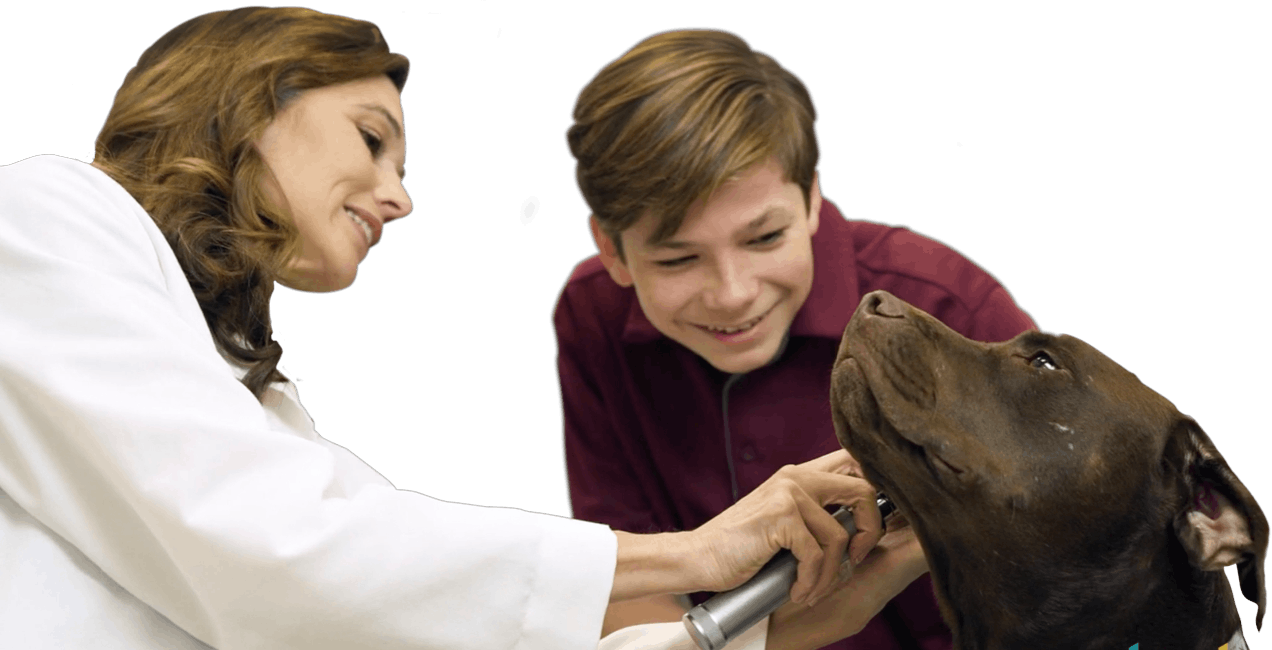ABOUT EQUINE LAMENESS
Lameness is a very common problem in horses. In a USDA study, researchers estimated that there are about 8-13 cases each year per 100 horses in the United States. For a comparison, that was double the amount of estimated colic (stomach problem) cases in horses. That is why equine (horse) veterinarians like Dr. Jessica Thornton at the Hagyard Equine Medical Institute need to be experts on this condition so that they can help their patients become healthy again.
What is lameness? “If horses become lame in their feet, it can actually cause them to become lame and this can cause a limp.” Says Dr. Thornton. “So we actually refer to the limping as lameness.” She continues, “It can be anything from a shoulder, to a knee, or foot but 90% of lameness tends to be the foot.”
“It can be anything from a shoulder, to a knee, or foot but 90% of lameness tends to be the foot.”
Although there are lots of advanced diagnostic technologies available today such as magnetic resonance imaging (MRI), computerized axial tomography (CAT scan) and nuclear scintigraphy (two-dimensional imaging), a successful lameness exam still depends primarily on the knowledge and ability of the ambulatory equine veterinarian. It is up to the doctor to carry out and interpret a lameness exam so that they can come up with the correct diagnosis. They are highly skilled “detectives” and their expertise is the key to a patient’s recovery.
In this video Dr. Thornton will explain lameness and take you through the fundamentals of an equine (horse) exam.
THE LAMENESS SCALE
The American Association of Equine Practitioners (AAEP) developed a lameness scale to aid veterinarians and horse owners in communicating about cases. The slide show below will take you through the scale:
GROSS ALERT: LOW

This video is low on the gross meter. It has a couple of things that could gross you out if you are very sensitive. You will see the veterinarian insert a numbing solution into the her patients leg in order to diagnose lameness
Did you like this video? Watch This Video to learn more about equine veterinarians. Or, Watch This Video to see an actual lameness case worked up in front of you.













Comments Add Comment
Want to add a comment?
In order to comment you need to login or join Vet Set Go